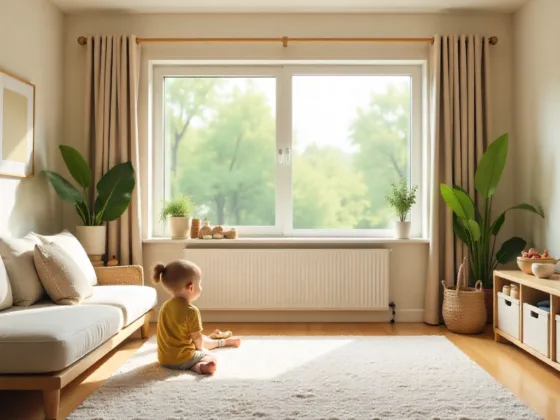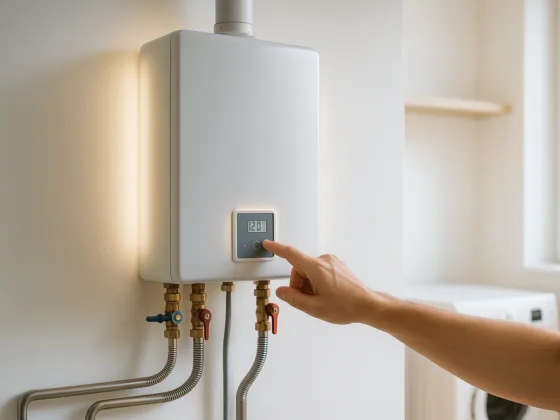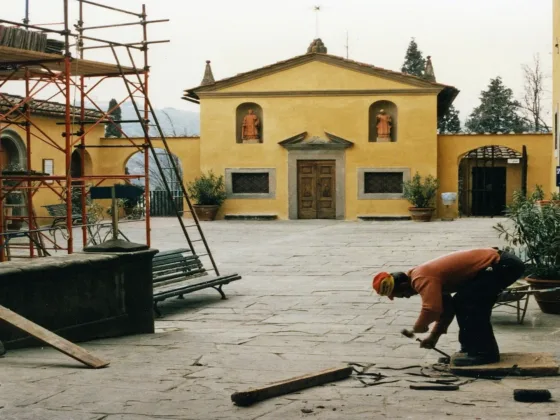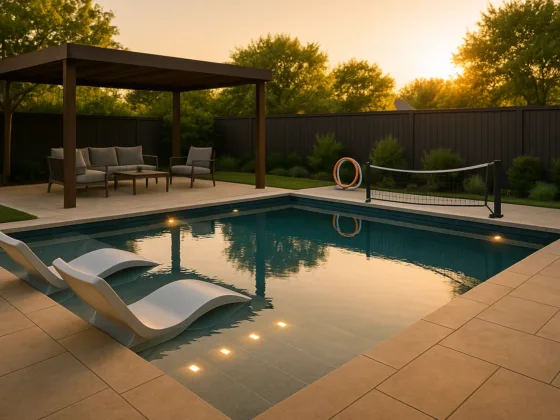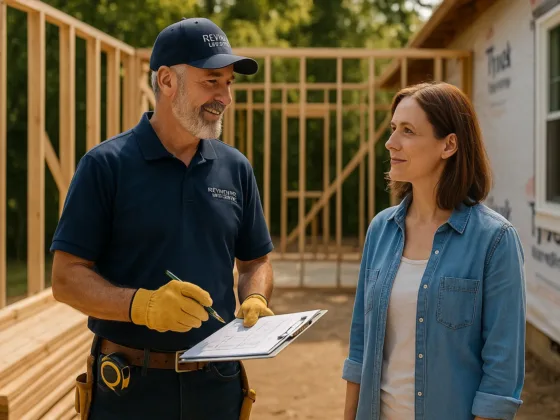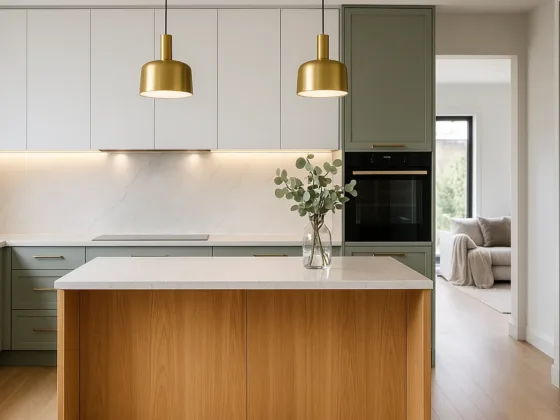Table of Contents Show
The floor is not simply a surface to walk on. It is that and more. It quietly establishes the character that a home exudes, exists, and sells. A tattered floor will age the whole area, whereas a proper floor can transform the room and make it look and feel more sophisticated, better cared for, and saleable within minutes.
Nowadays, flooring is one of the factors that buyers are sensitive to. They care about the appearance, material, maintenance requirements, and compatibility with the rest of the house. So, which flooring adds the most value to your home? Read on to find out.
Hardwood Flooring: Classic and High Value (Best Flooring for Home Value)
The hardwood floor is the best in terms of the addition of value. It is an aspect that potential buyers see and one they are usually ready to pay extra money to have.
What makes it value-adding?
- Hardwood is classic and luxurious and is attractive to almost all people.
- When well administered, it can last decades and may be refinished.
- It operates in most rooms except wet rooms, such as full bathrooms.
Buyers’ perception
Hardwood flooring is a good selling point in case you ever intend to sell your house. A large percentage of buyers, including modern consumers, relate wood floors to a symbol of quality, cleanliness, and durability. As several real estate reports indicate, houses with hardwood flooring sell more quickly, and most of them will have a higher selling price.
According to the National Association of Realtors (NAR), hardwood floor refinishing can recover up to 147% of its cost upon resale, while installing new wood flooring recoups around 118%.
The floor is costly to put up. However, it might be worth it in the long run.
Luxury Vinyl Plank: Fashionable, Durable, and Cost-Effective (Top ROI Flooring)
This is among the fastest-growing flooring options, and with good reason.
What makes it value-adding?
- It is extremely robust, scratch-resistant, and waterproof.
- It is available in realistic wood and stone looks, creating a stylish and functional floor covering.
- It is easier and less costly to install compared to hardwood or tile.
Buyers’ perception
Consumers are now more knowledgeable than ever when it comes to floors. It is well known that premium LVP has an extraordinary combination of attractive aesthetics and minimal maintenance. It is particularly useful in problem-prone places such as kitchens, basement floors, or pet-friendly environments.
LVP can be a wise choice in case you intend to renovate the floors prior to listing your house. It provides a contemporary appearance to your home at a fraction of the cost of wood or tile. If you want options, you can visit a flooring outlet Indianapolis to compare styles and price points in person.
Although it falls short of being real hardwood, high-end LVP can impress a buyer even more than old and worn-out flooring.
In fact, Remodeling Magazine’s Cost vs. Value Report finds LVP offers one of the highest returns among midrange flooring updates.
Laminate: Stylish and Cost-Effective (Affordable Flooring Value)
Laminate flooring is much better today compared to past years. It is not the hollow plastic substance it used to be. Contemporary laminate may resemble hardwood so convincingly that it can deceive the eye.
What makes it value-adding?
- Laminate is cheap and durable. It is ideally suited to either DIY or low-cost renovations.
- It is more resistant to scratches and fading than most other materials.
- It can provide an upscale appearance on a lower-end, starter home or rental home.
Buyers’ perception
Laminate flooring is an attractive option for cost-conscious consumers seeking a clean, seamless appearance. New laminate flooring can definitely add perceived value to entry-level or mid-range houses, or in general, when matching up old tile, linoleum, or even battered floors.
Although it is not as prestigious as hardwood, laminate is a perfect choice for modernizing a place without investing a lot of money. All you have to do is select one of the moisture-resistant products that have a realistic texture.
For budget-friendly flips or rentals, laminate provides up to 50–60% ROI when installed in good taste.
Carpet: Warm, Comfortable, and Room-Oriented (Low-Cost Flooring Option)
Carpet might not be the coolest flooring currently. But it is not useless either, especially in bedrooms and basements where comfort reigns supreme.
What makes it value-adding?
- Carpet is warm, soft, and absorbs sound. A dream in any cozy space.
- It is affordable and available in unlimited colors and textures.
- Most buyers also want a fluffy underfoot in bedrooms.
Buyers’ perception
Carpet is desirable when it is new, neutral, and installed professionally. However, most buyers prefer easy-to-clean surfaces in the primary living spaces or high-traffic areas.
An old, messy, or worn carpet will put no points on the board. However, a new, quality installation in the right rooms can make a memorable impression.
Use neutral colors and softly textured materials to suit many people. Conspicuous colors or worn-out carpets can be a quick turn-off for buyers.
A 2023 Zillow study suggests carpet in bedrooms still appeals to 40% of buyers, particularly in family homes.
Bonus Consideration: Tile and Engineered Wood (Alternative Flooring with Value)
These flooring types often appear in homes aiming for long-term durability or specific design styles.
- Tile: Ideal for bathrooms, kitchens, and entryways. It’s waterproof and timeless, though installation costs are higher. Can add significant value in warm or humid climates.
- Engineered Wood: A budget-friendlier alternative to hardwood, with good resale value and better moisture resistance.
Both options may offer 60–80% ROI depending on the room and region.
Quick Comparison Table
| Flooring Type | Avg ROI % | Best Rooms |
|---|---|---|
| Hardwood | 70–106% | Living, dining, bedrooms |
| Luxury Vinyl | 60–80% | Kitchens, basements, bathrooms |
| Laminate | 50–60% | Entry-level homes, rental units |
| Carpet | 25–40% | Bedrooms, basements |
| Tile | 70–80% | Bathrooms, kitchens, entryways |
| Engineered Wood | 60–90% | Living spaces, upper floors |
The Final Take
What flooring has the most value? This depends on what you want to achieve, the type of life, and market demands. When you live in a place such as Indianapolis, where so much depends on weather and more family-oriented lifestyles, it is wise to consider how a certain material will work in the real-life situation.
Finally, remember that a well-laid floor looks good, is more durable, and is more valuable. It is important to collaborate with a team of trustworthy locals familiar with the materials as well as the market.
Flooring is more than a surface — it’s a foundation of value, both financially and emotionally.
Helpful Resources:
- National Association of Realtors Remodeling Impact Report
- HomeAdvisor: Flooring Installation Costs
- Consumer Reports: Best Flooring Types
FAQs
A: Hardwood flooring tends to offer the highest return on investment, followed closely by luxury vinyl plank and tile in moisture-prone areas.
A: Yes—if the carpet is worn or outdated. Replacing it with neutral, plush carpeting in bedrooms or opting for hard surfaces in high-traffic areas can make a positive impact.
A: A mix of luxury vinyl plank for basements and kitchens, and hardwood in living areas, works well for Indiana’s climate and family-oriented homes.
A: Both can be budget-friendly options, but high-quality LVP generally has better ROI and moisture resistance.
A: Refinishing can recover up to 147% of its cost. If floors are structurally sound but dull, refinishing is a smart investment.





